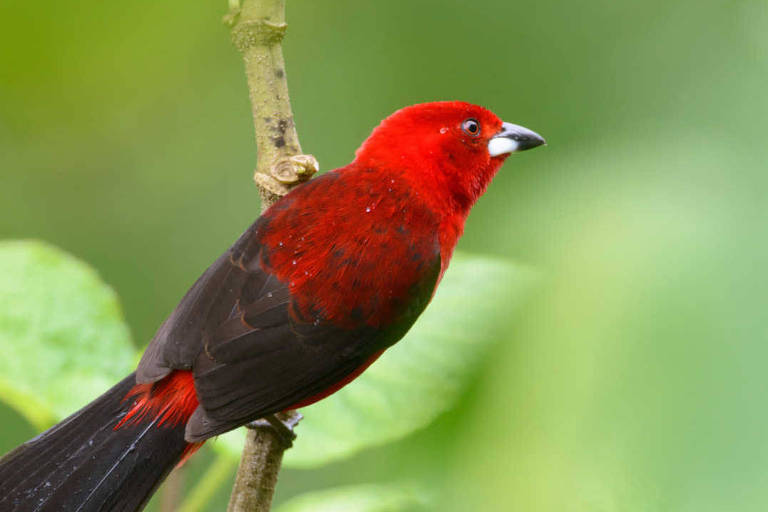Since 1500, the year when the Portuguese arrived in Brazil, the Atlantic Forest might have lost 71% of its native mammalian fauna, turning it into an empty forest. In some areas, like the Northeast, species loss can be even greater, reaching 85 to 90 percent.
Researchers at the University of East Anglia, United Kingdom, reached these conclusions by gathering data from 105 studies. From this data set, they were able to build 497 sets of animal species that live in the same area.
They found a 71% rate of fauna loss, at the most pessimistic scenario. In the most optimistic one, the rate is 44%.
"I particularly believe in the 71% scenario," says Juliano Bogoni, research at Universidade de São Paulo, mentioned the robust data the study found. "Even if it's 44%, it's still a very worrisome loss. We didn't document not one extinction in the Atlantic Forest as a whole, we documented thousands of small local extinctions."
The study accounted for the mammal species whose role as population regulators and seed dispersants. This means that these species' impairment impacts the whole habitat.
"Although there are some places with a reasonably good vegetation cover, the forest is empty," Bogoni says. "The forest is there, but there are no more animals or the ones left are the smaller, more general species." "
Translated by NATASHA MADOV
Read the article in the original language
